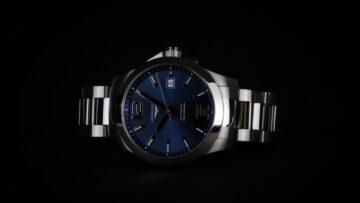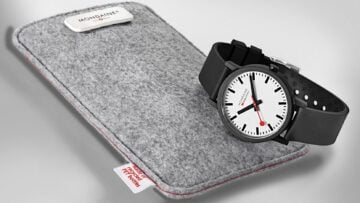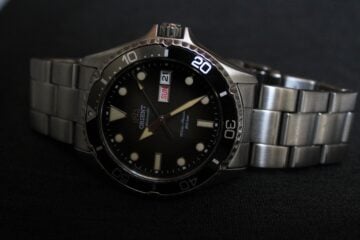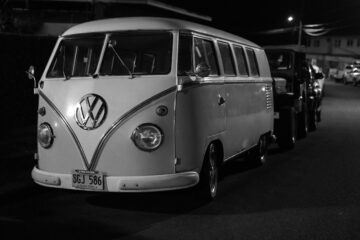Next Friday, the 8th of May, we have the 70th anniversary of VE day. My earliest memory of celebrating VE day is singing “Let’s Get Ready To Rumble” on karaoke in front of all of my friends and family in 1995. Being 9, I had a good excuse for my bad taste in music… I have less of an excuse for helping get that song to number one back in 2013! Celebrations will take place across the whole of the United Kingdom to pay tribute to the people who fought for our freedom in the Second World War.
A number of different watch manufacturers supplied watches to the military throughout World War 1 and World War 2. These watches were build to tell the time in the most extreme conditions found in both wars. Let’s have a look through some of the watches produced for the military throughout the two World Wars.
Trench Watches: Rolex & Omega
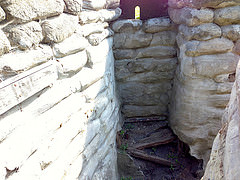
In the First World War most of the army were provided with pocket watches, but it soon became clear that these were not practical to use in the cramped trenches. This lead to a lot of officers purchasing their own wristwatches, which were much more practical to use in those conditions. By 1916 wristwatches were seen as so important that a “Officers Kit For The Front” included in the book “Knowledge for War: Every Officer’s Handbook for the Front” placed “Luminous wrist watch with unbreakable glass” as the first entry on the list before other indispensable items like a revolver and field glasses.
Swiss watch manufacturers had been attempting to market their new wristwatches prior to the First World War, but they had yet to take off – especially with men who seen them as girly. The Albuquerque Journal actually wrote in 1914, “The fellow who wears a wrist-watch is frequently suspected of having lace on his lingerie, and of braiding his hair at night,” which gives an idea of the general feeling about wristwatches at the time! It seems pretty strange today to imagine that in the early 1900’s wristwatches were seen as unmasculine, it seems even more strange that wristwatches were actually seen as impractical at the time!
So you can imagine that the demand from the front line for wristwatches was met with delight by the Swiss manufacturers. Rolex & Omega were two of the manufacturers who were more than ready to supply their watches, which were advertised as “Trench Watches” or “Officers Watches.”
British Army in World War 2: Rotary
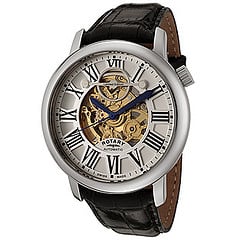
Despite being a proud Swiss company since 1895, Rotary didn’t stay neutral throughout World War 2!
Rotary opened an office in Britain during the 1920’s in order to import Rotary watches into the country. They were already popular when, in 1940, they became the official watch supplier to the British Army. With the Second World War in full swing this move put a Rotary watch into almost every single household in the country. When young men returned to the UK following the war Rotary became a household name in the UK and, despite their proud Swiss heritage, they are a very British brand today.
The W.W.W: Many Watch Suppliers!
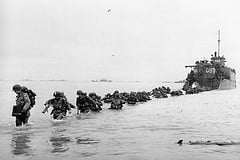
In the early 1940’s the British Ministry of Defence set the specification standards they wanted to supply their troops with. This standard was called the W.W.W – not the World Wide Web! The W.W.W stood for Watches Wristlet Waterproof, by today’s standards they would not be considered waterproof, they certainly were not suitable to wear while swimming!
The W.W.W watches were produced by Buren, Cyma, Eterna, Grana, JLC, Lemania, Longines, IWC, Omega, Record, Timor and Vertex. All of the watches were waterproof to a level, included a 15-jewel movement and a perspex crystal. Strangely for watches produced for the military, only the models produced by Longines included any kind of shock resistance.
These watches were only supplied to certain members of the military due to the cost required to produce them. They were only issued to those who required constant use of a military watch, like the radio and artillery units.
Thanks to the durability and accuracy of the W.W.W watches, a number of them were used by the British Army during World War 2.
Unfortunately, despite the use of these watches in a number of international conflicts, you won’t find any W.W.W watches in military museums in the UK. This is due to most of them being destroyed because of the use of Radium, a radioactive substance, in the dials.
The A-11: Bulova, Elgin and Waltham
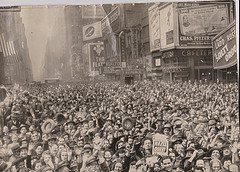
Bulova were one of the manufacturers who developed the A-11, which was known at the time as a GI Watch (General Issue Watch). The A-11is sometimes known as the “wristwatch which won World War 2” because it was used during the war by the United States Air Force, the Navy, the Marine Corps, the RAF, the RCAF and even the Soviet Air Force.
The A-11 was not one specific watch, but a production standard used by a number of watch companies – namely Bulova, Elgin and Waltham. Each brand had their own subtle variations on the design, but they all featured black, non-branded dials with clear hour and minute markings, perfect for military use in the field.
The Bulova version of the watch was called the Mark VIII and the movement was created in the United States, which resulted in “Swiss Made” not appearing on the dial. The watches produced during the war were an early example of quality mass-produced watches, which were cheap to make and incredibly functional. Most of the soldiers kept the watches and began to wear them after the war had finished, this helped start the trend of wearing watches as a fashion accessory.
Conclusion
Without the trench warfare seen during World War 1 it would have been possible that wristwatches would never have been used in military conflicts. This means that they might have still have been seen as an impractical, unmasculine items. Soldiers returning from the war continuing to use the watches when they returned helped popularise wristwatches as a fashion item for men in a way that wasn’t possible beforehand.
Wristwatches had a welcome impact on the outcome of the Second World War as well as future conflicts, with the A-11 being credited as “the watch which won the war” and W.W.W watches helped the British Army in future conflicts in the Falklands and the First Gulf War.
Although the technology inside watches has changed a lot in the last 70 years, the respect we have for the men who fought for our freedom has not.
Remember to pay tribute to them on VE day, next Friday the 8th of May.
Images: Andrew Nash, James Cape, Bill Strain, ROBERT HUFFSTUTTER

